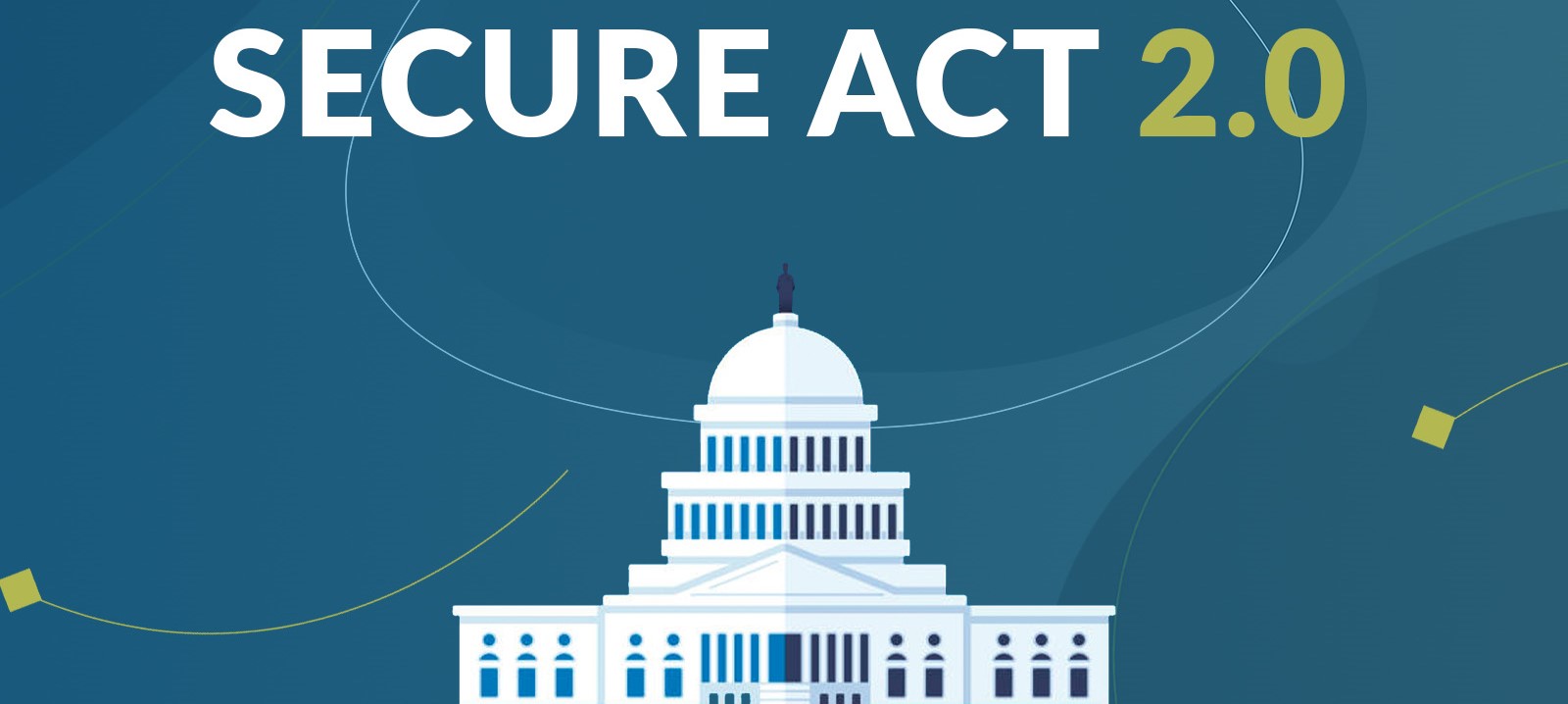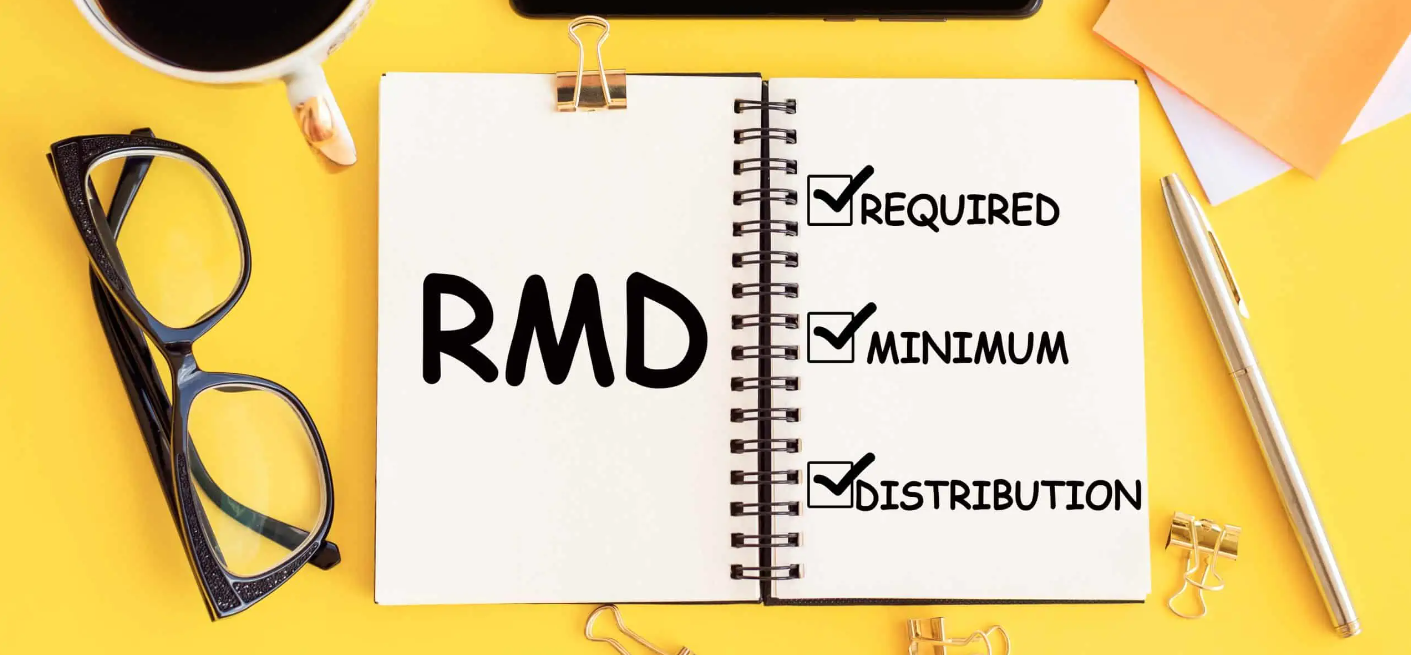The mailman delivered my son’s 2023 W-2 the other day. I was curious about what he earned last year as a lifeguard at our community pool, so I opened the envelope. Box 1, “Wages, tips, other compensation,” said $4,500. Not too bad for a teenager working a summer job – especially since he never spends a dime. (While past performance is not indicative of future returns, I can’t imagine ever needing to establish a trust with a spendthrift clause to protect the kid from himself. He throws around nickels like manhole covers.)
Regardless of his frugality, the point of my W-2 interest was to see how much he could contribute to a Roth IRA. He is light years away from the Roth IRA income phaseout levels, so no concerns there. In 2023, the married/filing joint phaseout was $218,000 – $228,000 and $138,000 – $153,000 for single filers. (For 2024, those numbers jump to $230,000 – $240,000 and $146,000 – $161,000, respectively.)
While the maximum Roth IRA contribution amount for 2023 was $6,500 (or $7,500 for anyone age 50 or older), a person cannot contribute more than what he earned. So, the most my son could contribute to a Roth IRA as a prior-year contribution is what was listed in Box 1 on his W-2: $4,500. What if he mowed lawns all summer and made $4,500 “under the table”? Unless he claimed those dollars as taxable income, they would not qualify for an IRA contribution.
As for the task of funding the Roth IRA – does it matter where the $4,500 comes from? It does not. The IRS does not care if I fund my son’s Roth IRA for him, if a grandparent funds his Roth IRA, or if a rich neighbor gives him $4,500 for the contribution. The IRS is only concerned about my son not exceeding what was reported in Box 1 on his W-2. If a grandparent or a rich neighbor were to make the $4,500 contribution, no special tax reporting would be necessary. Cash gifts, each up to the 2024 gift tax cap of $18,000, can be made to an infinite amount of people, related or not, and no special forms are required.
To summarize, he had taxable compensation of $4,500 in 2023. His Roth IRA contribution for that amount (coupled with his existing account dollars), brought his total Roth IRA balance up to an even $10,000. The Roth IRA is invested in quality mutual funds with a more aggressive tilt. With a few clicks on a financial calculator, the powers of compounding (or what Albert Einstein called “the 8th wonder of the world”), are revealed.
Assuming not a single additional penny is ever contributed to his $10,000 Roth IRA:
- $10,000 at 6% annual growth after 40 years? $102,857
- $10,000 at 8% annual growth after 40 years? $217,245
What if he contributed just $5,000 each year for the next decade, but then stopped contributing for the remaining 30 years?
- $10,000 now, plus $5,000 for 10 years, at 6%, after 40 years? $481,373
- $10,000 now, plus $5,000 for 10 years, at 8%, after 40 years? $946,111
If you have the means, a little can become a lot. It’s not about timing the market, it’s about time IN the market. If a teenager starts early, the long-term benefits could be astronomical.
By Andy Ives, CFP®, AIF®
IRA Analyst











